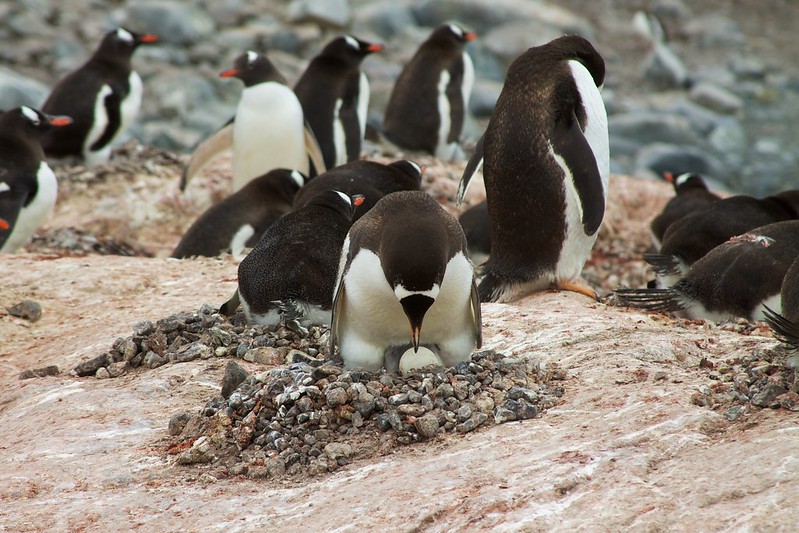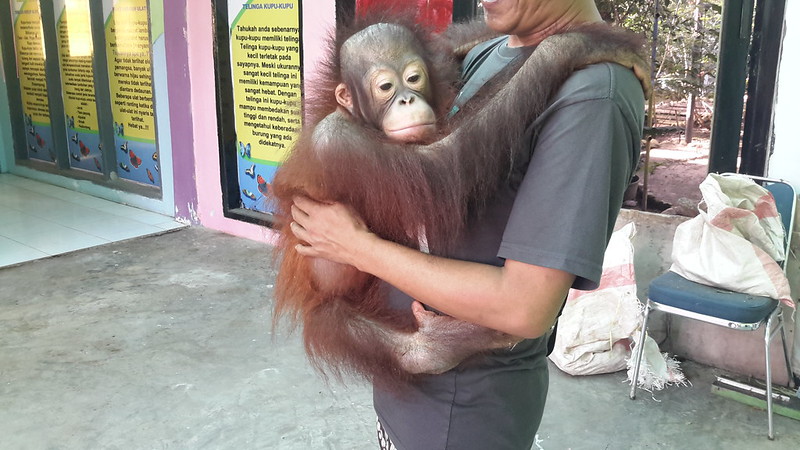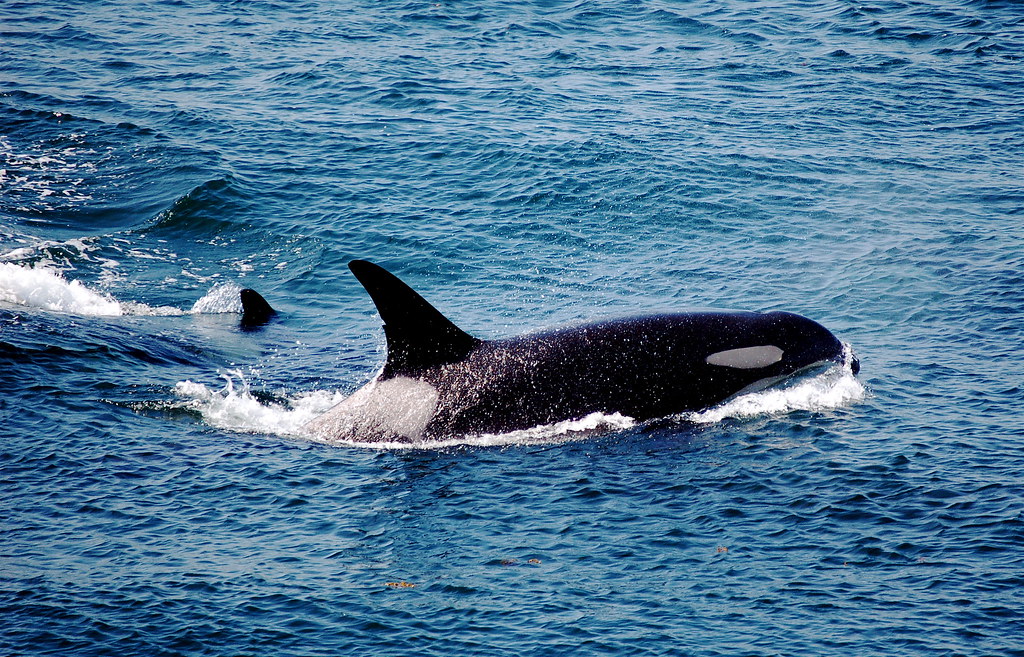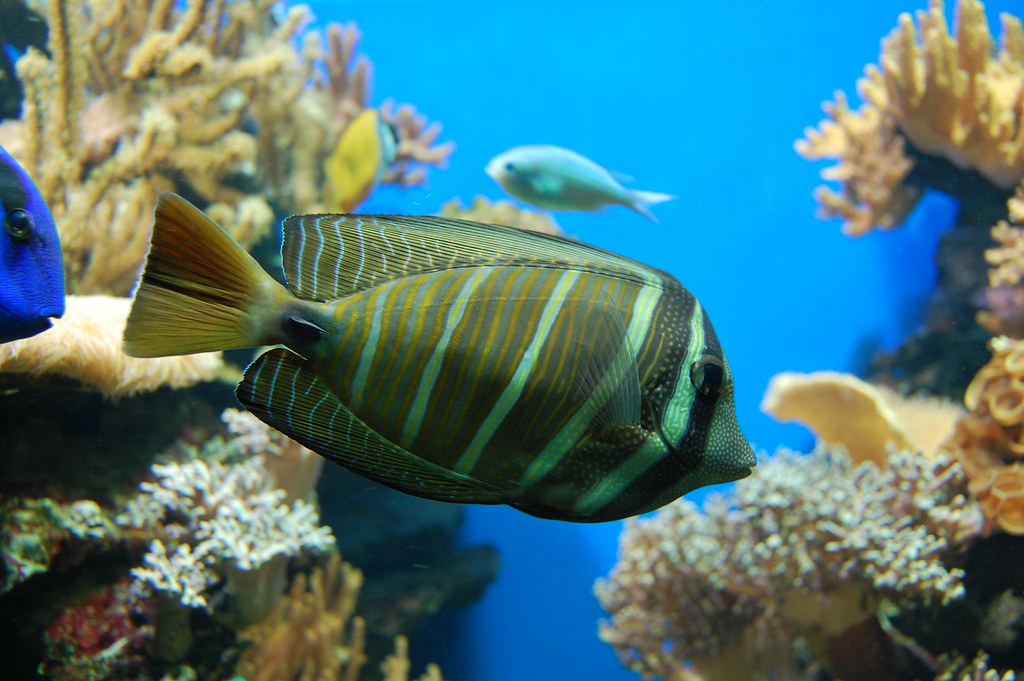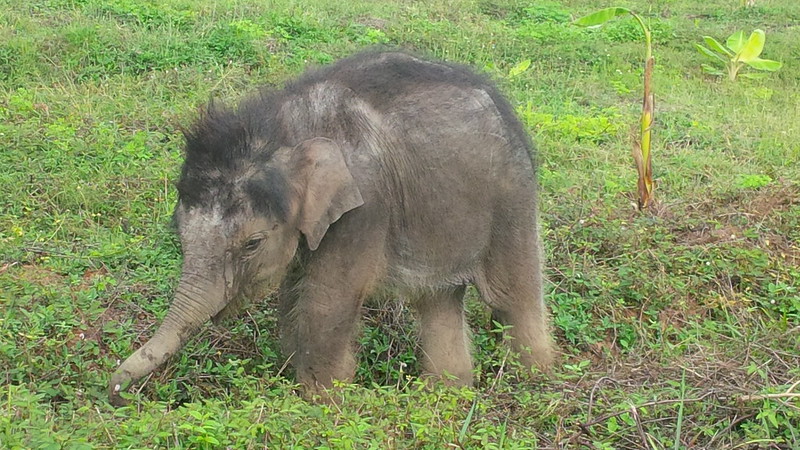10 times the richness of animal lives has taken scientists' breath away
23 November 2017

From the act of birth to the moment of death, animal life is more complex than humans give them credit for - to exploit them is unethical.
There are so many animal species on Earth that scientists haven’t been able to identify and count them all. Estimates vary but they number in the millions.
That’s millions of species and billions of individuals. Each of them with a capacity to think and feel that is, as one anthropologist put it, exquisitely developed. But of course animal lovers already knew that.
Too often animal intelligence has been misunderstood by scientists who have used a human yardstick to measure it. However, there is a growing body of research that is helping us to get a better grasp of the extraordinary complexity of animals’ lives.
Here are some examples that have made us gasp with wonder:
1) Male emperor penguins risk hunger and the perishing cold to incubate a single egg
After a female emperor penguin lays an egg, she leaves it in the care of her mate to go on an epic journey in search of fish in the open sea which can take as long as three months.
While she is away, the male penguin protects their egg from the fierce Arctic wind, keeping it warm by balancing the egg on his feet and covering it with his feathered skin. This heroic effort results in males losing up to 40 percent of their body weight during this time. To conserve energy they sleep for more than 20 hours a day.
Although other penguin species are usually territorial, male emperor penguins survive the icy winter by huddling together for warmth, and taking turns to occupy the coldest spots on the outside of their circle. Despite their close proximity to each other, they do not quite touch because flattening their puffed out feathers would reduce their ability to insulate. It’s an astonishingly finely-tuned process.
2) An orangutan mother and her young have one of the strongest bonds in nature
Female orangutans give birth only once every eight years - the longest time between births of any mammal. It means she will only have four or five babies in her lifetime.
An orangutan mother stays with her young for six to eight years, teaching them where to find food, what and how to eat, how to avoid predators and the technique for building a sleeping nest.
Female orangutans are also known to “visit” their mothers until they reach the age of 15 or 16, demonstrating the extraordinary strength of the mother-infant bond. Primatologists believe orangutans have such long “childhoods” because there is so much that they need to learn before they can live alone successfully.
3) Kune Kune piglets have an astonishingly good memory
Studies by Vienna-based scientists have for the first time shown that pigs learn from each other and in the case of Kune Kune piglets, from their mother or aunt.
Piglets who had observed their mother or aunt solving the complex task of opening the sliding door of a box to get food were able to remember what they had learnt - not just the next day but several months later.
Scientists said this ability indicated a “well-functioning long-term memory” that could be a consequence of the way friendly, hairy Kune Kune pigs live - in natural family groups under free-ranging conditions.
4) European beavers choose faithfulness over free love
Gibbons, wolves and swans are some of the animals who mate for life, but overall fewer than 5 percent of animals are believed to pair off for their lifetime.
Not only do European beavers pair up for life, working together to build dams and raise their offspring, but they are faithful too.
A 2015 study of beaver colonies in Russia analysed the genetic relationship among family groups and found that in every colony, the offspring belonged to both their parents. None of them had been fathered by males from elsewhere.
In contrast, North American beavers, though “socially” monogamous, have been exposed as occasional cheaters who stray away to father offspring in other places.
5) Dolphins love a good gossip
Dolphins can recognise themselves in the mirror. Orcas call each other by name, and sperm whales have the largest brains on earth.
The intelligence of cetaceans is well-known and well-documented.
But a study published in October 2017 reveals a list of rich behaviours spotted in 90 different species of whales, dolphins and porpoises suggesting they are more like humans than previously imagined - such as dolphins playing with humpback whales and helping fishermen with their catch.
Dolphins are also known to use a specific call or “signature whistle” to greet each other. But what’s so fascinating is that a call that refers to an individual dolphin is sometimes used when they are not there - suggesting dolphins may gossip about one another.
Worse luck, dolphins can eavesdrop from five miles away.
6) Bonobos live by a moral code
Living in harmony is one of the most important instincts governing bonobo groups.
Scientists have observed bonobos stepping in to stop a fight between two others. Reconciliation is often brokered by the alpha male or female, indicating the deep desire of the species for peace.
Bonobos are known to comfort each other, they respect ownership, soothe those in distress and console those who have lost out in tussles for food or dominance. They are generous and will share food with total strangers even when there is no obvious payback.
7) Bat babies quickly pick up “regional dialect”
You may not think it but the chaos of bat colonies where up to 50,000 individuals live cheek by wing, jostling for space, is actually beneficial for baby pups.
The cacophony emitted from these gatherings has been shown to help pups to develop their language.
It’s a bit similar to how human babies and infants pick up language around them. However, young bats are found to adopt a specific “dialect” spoken by their own colonies, even if it differs from the bat “mother tongue”. Such vocal learning as it’s called has rarely been proven to exist in animals other than humans or songbirds, according to scientists.
8) Fish can get depressed too
Science is at last beginning to debunk the myth that fish are simple organisms. First, it is no longer appropriate to accuse someone of having the memory of a fish when they forget something. Fish can actually recall information for up to five months.
Other studies show fish are able to use tools, such as cracking open a clam by hitting it against a rock, and apparently, they can also recognise individual faces.
Now research has shown fish can suffer from depression with symptoms similar to humans - a lack of interest in food, toys, a chance to explore their surroundings. In fact depressed fish tend to languish at the bottom of their patch of water rather than swim around.
What’s to blame for this sad state of affairs? Chronic stress and a lack of stimulation.
9) Female killer whales experience menopause
There are only three species that are known to experience menopause: humans, short-finned pilot whales and orcas.
Female orcas can live until they are more than 80. In fact the world’s oldest known killer whale, Granny, who led a pod of more than 20 individuals was thought to be 105 when her death was reported in January 2017.
Orcas normally start breeding at the age of 15 or so but stop reproducing in their 30s and 40s.
Researchers found that menopausal matriarchs, who have years of experience foraging for food, play a critical role in leading their families to salmon and other fish, especially during lean times.
10) Elephants grieve over loved ones
These majestic animals are famous for the strong bonds they form with family members and other companions.
A death in the herd often leads to behaviour that many experts equate with mourning.
Grieving elephants have been filmed gathering around the dead body of a relative or friend for hours at a time, swinging their trunks from side-to-side or gentling touching their loved ones with their trunks. Sometimes this is accompanied by a low rumble or a distressed trumpeting that echoes for miles around.
BACK
